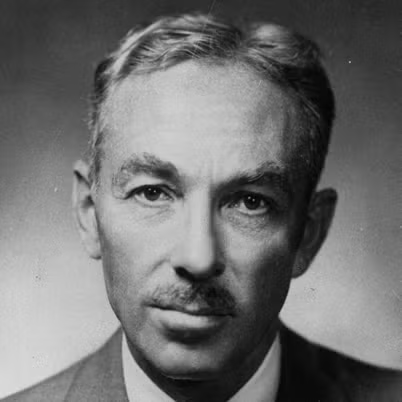
Table of Contents
Who Was E.B. White?
E.B. White, an esteemed writer and contributing editor for The New Yorker magazine, maintained this role throughout his illustrious career. He authored three beloved children’s books, including Stuart Little (1945) and Charlotte’s Web (1952). In 1959, he revised The Elements of Style, originally penned by William Strunk Jr., transforming it into a widely regarded style manual for writers. In recognition of his contributions to literature, White received a special citation from the Pulitzer Prize in 1978 and passed away in 1985 at his home in Maine.
Early Life and Career
Born on July 11, 1899, in Mount Vernon, New York, Elwyn Brooks White, who preferred the nickname “Andy,” had a unique early life. He often reflected on his name, stating, “I never liked Elwyn. My mother just hung it on me because she’d run out of names,” as he was her sixth child. While attending Cornell University, he served as the editor of the university’s newspaper and began to forge his path in journalism. After graduating in 1921, White worked for the United Press and the Seattle Times before joining The New Yorker in 1927, where he would remain for the duration of his career. It was also at The New Yorker that he met his wife, Katharine, an accomplished editor and writer, whom he married in 1929.
Acclaimed Author
In addition to his editorial work at The New Yorker, White engaged in various literary projects. Alongside James Thurber, he co-authored the humorous book Is Sex Necessary? Or, Why You Feel the Way You Do in 1929. His first children’s book, Stuart Little, published in 1945, chronicles the enchanting adventures of a mouse living with a human family in New York City.
By the late 1930s, White and his family had begun spending much of their time at their farmhouse in Maine. One significant moment came when he observed a spider spinning an egg sac in his barn, an experience that inspired his most cherished work, Charlotte’s Web (1952), which tells the story of the friendship between a spider named Charlotte and a pig named Wilbur.
Although White gained recognition for his children’s literature, he continued to write for adult audiences. His essay Here Is New York, published in 1948 and later reprinted as a book, is often regarded as a quintessential portrayal of the New York experience. In 1959, he published his influential revision of The Elements of Style, a work that has guided countless writers over the years.
In 1963, White received the Presidential Medal of Freedom, followed by the publication of his third classic children’s book, The Trumpet of the Swan (1970). His contributions to literature were further recognized in 1971 when he was awarded the National Medal for Literature.
Later Years and Death
E.B. White continued to write prolifically throughout his later years, producing numerous poems and essays. In 1977, a collection of his essays was published, showcasing his literary prowess. However, that same year brought profound personal loss when his wife passed away, leaving White devastated.
On October 1, 1985, White passed away at his home in North Brooklin, Maine, at the age of 86. According to The New York Times, he had been suffering from Alzheimer’s disease. He is survived by his son, Joel, as well as his stepchildren, Roger Angell and Nancy Stableford, along with numerous grandchildren and great-grandchildren.
